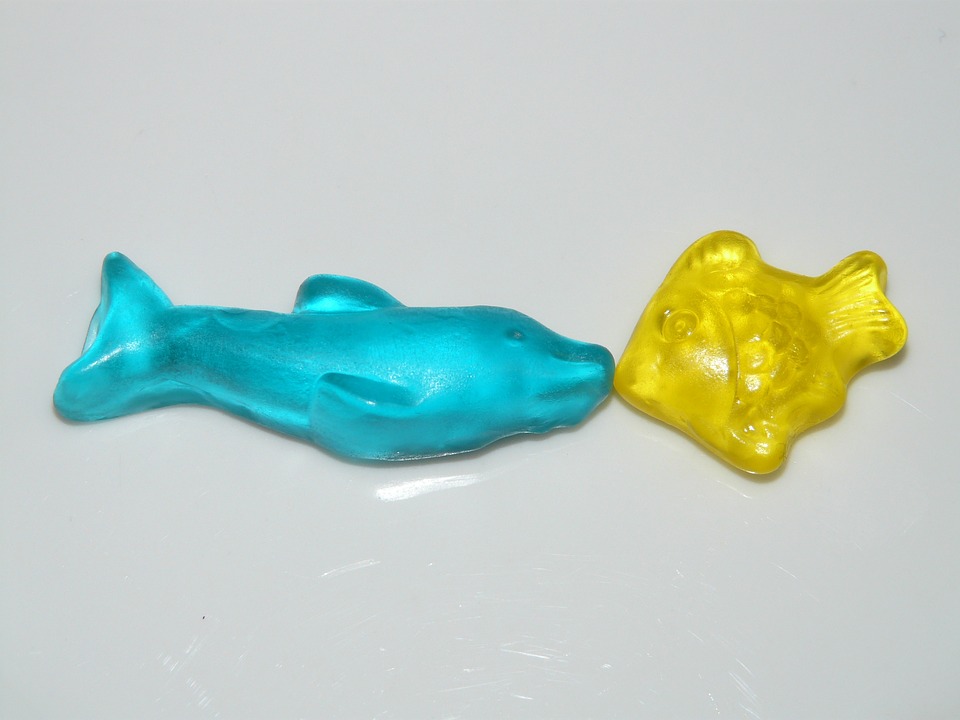Fish behavior is an important aspect of fish care, as it can provide valuable insights into their overall health and well-being. Being able to recognize common stress indicators is crucial for ensuring the optimal care and welfare of your fish. This article aims to help fish owners and enthusiasts understand fish behavior and identify signs of stress in their aquatic pets.
Understanding Fish Behavior
Fish behavior is influenced by various factors, including their species, natural habitat, and environmental conditions. By observing and understanding their behavior, you can gain insights into their health and happiness.
Normal Fish Behavior
Recognizing healthy fish behavior is the first step in identifying signs of stress. Healthy fish exhibit active swimming, alertness, and a strong appetite. They should swim smoothly and effortlessly, without any signs of distress or discomfort.
Common Stress Indicators in Fish
There are several common stress indicators that fish owners should be aware of:
1. Changes in appetite and feeding behavior: A sudden decrease or loss of appetite can be a sign of stress in fish. They may also exhibit unusual feeding behavior, such as spitting out food or hesitating to eat.
2. Abnormal swimming patterns: Fish that swim erratically, darting around the tank or rubbing against objects, may be experiencing stress.
3. Aggressive or unusual behavior towards tank mates: Fish that become aggressive towards their tank mates or display unusual social behavior may be stressed. This can include chasing, fin nipping, or territorial aggression.
4. Color changes and paleness: Fish that exhibit changes in color, such as becoming pale or developing dark spots, may be stressed. Some fish may also lose their vibrant colors when stressed.
5. Gasping at the water surface: Fish that gasp or gulp air at the water surface may be experiencing stress. This behavior can indicate poor water quality or inadequate oxygen levels.
6. Hiding or seeking seclusion: Fish that hide or seek seclusion in the tank may be stressed. They may hide behind decorations, plants, or in caves to escape perceived threats or stressful situations.
7. Fin clamping and rubbing against objects: Fish that clamp their fins close to their body or rub against objects in the tank may be displaying signs of stress. This behavior can indicate skin irritation or discomfort.
Understanding the Causes of Fish Stress
Several factors can cause stress in fish:
1. Poor water quality and inadequate filtration: Fish are highly sensitive to changes in water quality. Poor water conditions, such as high ammonia or nitrite levels, can significantly stress fish.
2. Incorrect tank size and environmental conditions: Fish require appropriate tank size and suitable environmental conditions to thrive. Overcrowding or improper water temperature, pH, and lighting can lead to stress.
3. Incompatible tank mates and overcrowding: Aggressive tank mates or overcrowding can cause stress in fish. It is important to select compatible fish species and maintain a suitable fish-to-tank ratio.
4. Sudden changes in water parameters: Rapid changes in water temperature, pH, or hardness can stress fish. Gradual acclimation to new water conditions is crucial to prevent stress.
5. Improper acclimation and transportation: Poor acclimation to new environments and stressful transportation can cause stress in fish. Proper acclimation techniques and careful handling during transportation are essential.
Minimizing and Preventing Fish Stress
To minimize and prevent fish stress, consider the following steps:
1. Maintain optimal water quality: Regularly test water parameters and ensure proper filtration and water changes to maintain optimal water quality. This will help reduce stress and promote fish health.
2. Provide suitable tank conditions: Ensure the tank size, temperature, pH, and lighting are appropriate for the fish species. Provide hiding places, plants, and decor to create a comfortable and secure environment.
3. Select compatible tank mates: Research and choose fish species that are compatible with each other in terms of size, temperament, and water requirements. Avoid overcrowding the tank.
4. Gradual acclimation to new environments: When introducing fish to a new tank or environment, allow them to acclimate gradually. This will help them adjust to the new conditions and reduce stress.
5. Reduce external stressors: Minimize loud noises, sudden movements, and other stressful stimuli around the fish tank. This will create a calm and peaceful environment for your fish.
Frequently Asked Questions (FAQs)
1. How can I tell if my fish is stressed?
Signs of stress in fish include changes in appetite, abnormal swimming patterns, aggression towards tank mates, color changes, gasping at the water surface, hiding, fin clamping, and rubbing against objects.
2. Can stress lead to fish diseases?
Yes, chronic stress weakens fish immune systems, making them more susceptible to diseases and infections.
3. What are some natural stress relief methods for fish?
Providing hiding places, maintaining optimal water quality, and creating a calm and secure environment can help relieve stress in fish. Some fish may also benefit from the addition of stress-reducing additives, such as Indian almond leaves or aquarium salt.
4. Is it normal for fish to change color when stressed?
Yes, some fish may change color or lose their vibrant colors when stressed. This is a common stress response in many fish species.
5. Can stress cause fish to stop eating?
Yes, stress can decrease a fish’s appetite and cause them to stop eating. It is important to address the underlying cause of stress to restore their appetite and overall health.
In conclusion, understanding fish behavior and recognizing stress indicators are essential for promoting the well-being of your aquatic pets. By being proactive in identifying and addressing signs of stress, fish owners can create a healthier and more harmonious environment for their fish to thrive in. Remember, a stress-free fish is a happy fish!
Note: This article is intended for informational purposes only and should not replace professional advice from a qualified veterinarian or fish expert.









